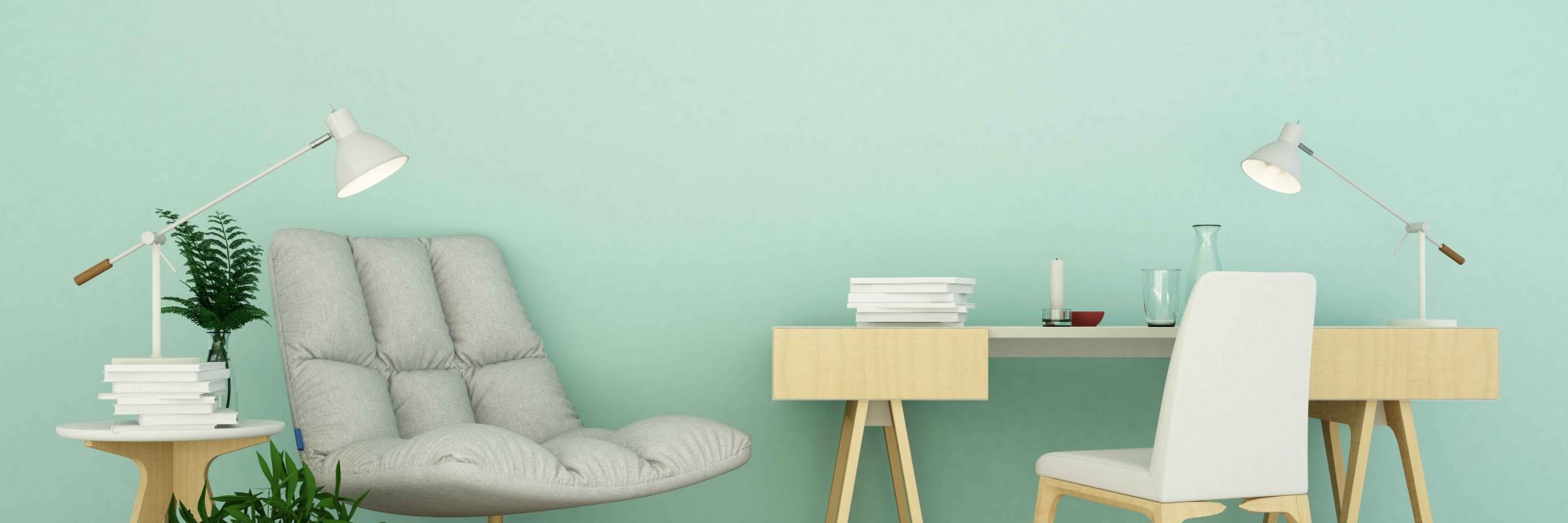Investigate The Function Of Seasonal Consider The Success Of Commercial Outside Painting And Discover The Most Effective Times To Safeguard Enduring Results For Your Task
Investigate The Function Of Seasonal Consider The Success Of Commercial Outside Painting And Discover The Most Effective Times To Safeguard Enduring Results For Your Task
Blog Article
Created By-Doherty Whalen
When you're preparing an industrial outside painting task, seasonal factors can make or break your outcomes. You'll intend to take into consideration just how temperature and humidity effect paint application and drying times. Picking the appropriate period can ensure your paint sticks correctly and lasts much longer. Yet which seasons are really the most effective for this kind of work? Allow's explore the key elements that can influence your job's success.
The Effect of Temperature Level on Paint Application
When you're planning an industrial exterior paint job, the temperature can considerably affect exactly how well the paint adheres and dries.
Ideally, you intend to repaint when temperatures vary in between 50 ° F and 85 ° F. If it's as well chilly, the paint might not heal properly, causing concerns like peeling or splitting.
On the flip side, if it's as well warm, the paint can dry out also swiftly, preventing appropriate bond and causing an uneven surface.
local painters minneapolis need to also take into consideration the time of day; morning or late afternoon offers cooler temperature levels, which can be extra positive.
Always examine the maker's recommendations for the certain paint you're utilizing, as they often supply support on the optimal temperature array for optimal outcomes.
Humidity and Its Impact on Drying Times
Temperature level isn't the only environmental element that affects your business exterior painting project; moisture plays a considerable duty also. Read the Full Piece of writing can slow down drying out times considerably, affecting the general top quality of your paint task.
When the air is filled with wetness, the paint takes longer to heal, which can lead to problems like bad adhesion and a higher risk of mold growth. If you're repainting on a particularly damp day, be planned for prolonged delay times between layers.
It's essential to check regional weather and plan appropriately. Preferably, go for humidity levels in between 40% and 70% for optimum drying out.
Maintaining these factors in mind guarantees your task remains on track and supplies a long lasting coating.
Best Seasons for Commercial Exterior Paint Projects
What's the most effective season for your industrial outside paint projects?
Spring and early autumn are commonly your best options. Throughout these seasons, temperature levels are mild, and humidity degrees are usually lower, creating optimal problems for paint application and drying out.
Stay clear of summer season's intense heat, which can cause paint to dry as well quickly, bring about inadequate adhesion and coating. Similarly, wintertime's chilly temperature levels can prevent proper drying out and healing, risking the longevity of your paint job.
Go for days with temperatures between 50 ° F and 85 ° F for optimum outcomes. Keep in mind to inspect the regional weather prediction for rainfall, as wet conditions can destroy your project.
Planning around these variables guarantees your painting project runs efficiently and lasts longer.
Final thought
Finally, planning your business exterior painting tasks around seasonal factors to consider can make a significant difference in the outcome. By scheduling job during the perfect temperature levels and humidity degrees, you'll make certain much better adhesion and drying out times. Keep in mind to watch on regional weather report and choose the correct time of year-- spring and early loss are your best options. Taking these actions will certainly aid you attain a durable and professional coating that lasts.
